
Category: materials – Page 153


Researchers discover mysterious interstellar radio signal reaching Earth: “Extraordinary”
Mysterious radio wave pulses from deep in space have been hitting Earth for decades, but the scientists who recently discovered them have no concrete explanation for the origin of the signals.
For 35 years, the strange blasts of energy in varying levels of brightness have occurred like clockwork approximately every 20 minutes, sometimes lasting for five minute intervals. That’s what Curtin University astronomers from the International Centre for Radio Astronomy Research (ICRAR) concluded in research published last week in the journal Nature.
The discovery of the signal, which researchers named GPMJ1839-10, has the scientists baffled. Believed to be coming from around 15,000 light years away from Earth, the signal has been occurring at intervals and for a period of time previously thought to be impossible.
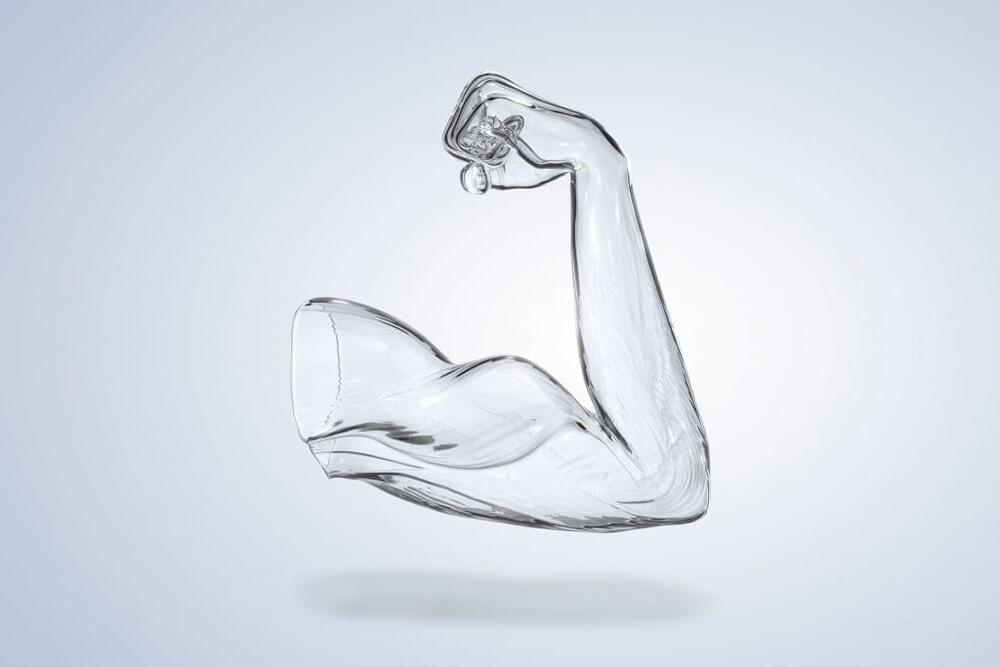
Strong as Glass
Materials that are both strong and lightweight could improve everything from cars to body armor. But usually, the two qualities are mutually exclusive. Now, University of Connecticut researchers and colleagues have developed an extraordinarily strong, lightweight material using two unlikely building blocks: DNA and glass.
“For the given density, our material is the strongest known,” says Seok-Woo Lee, a materials scientist at UConn. Lee and colleagues from UConn, Columbia University, and Brookhaven National Lab report the details on July 19 in Cell Reports Physical Science.
Strength is relative. Iron, for example, can take 7 tons of pressure per square centimeter. But it’s also very dense and heavy, weighing 7.8 grams/cubic centimeter. Other metals, such as titanium, are stronger and lighter than iron. And certain alloys combining multiple elements are even stronger. Strong, lightweight materials have allowed for lightweight body armor, better medical devices and made safer, faster cars and airplanes. The easiest way to extend the range of an electric vehicle, for example, is not to enlarge the battery but rather make the vehicle itself lighter without sacrificing safety and lifetime. But traditional metallurgical techniques have reached a limit in recent years, and materials scientists have had to get even more creative to develop new lightweight high strength materials.
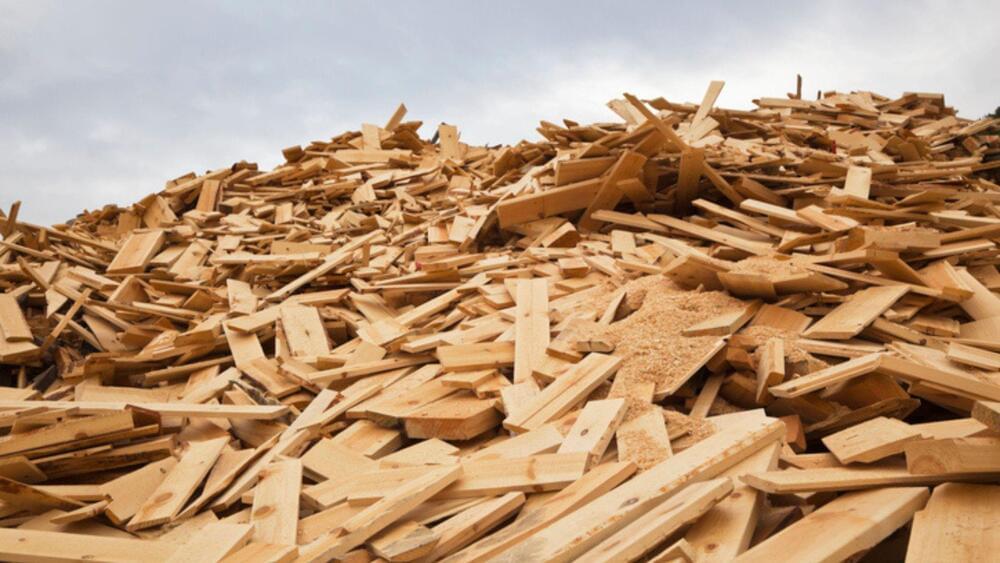
DARPA will soon make strong and reusable scrap wood
It turns out there’s a lot of scrap wood produced by the US Army. According to the US Army Corps of Engineers, more than 80 percent of solid waste produced at the Department of Defense (DoD) forward operating bases consists of scrap wood, cardboard, and paper. This equates to almost 13 pounds of waste per soldier per day that could be reused if handled properly, reducing garbage and supplying useful materials for construction.
DARPA’s new Waste Upcycling for Defense (WUD) program aims to produce a process for turning scrap wood, cardboard, and paper into lightweight, strong, and sustainable materials for reuse in a variety of DoD environments.

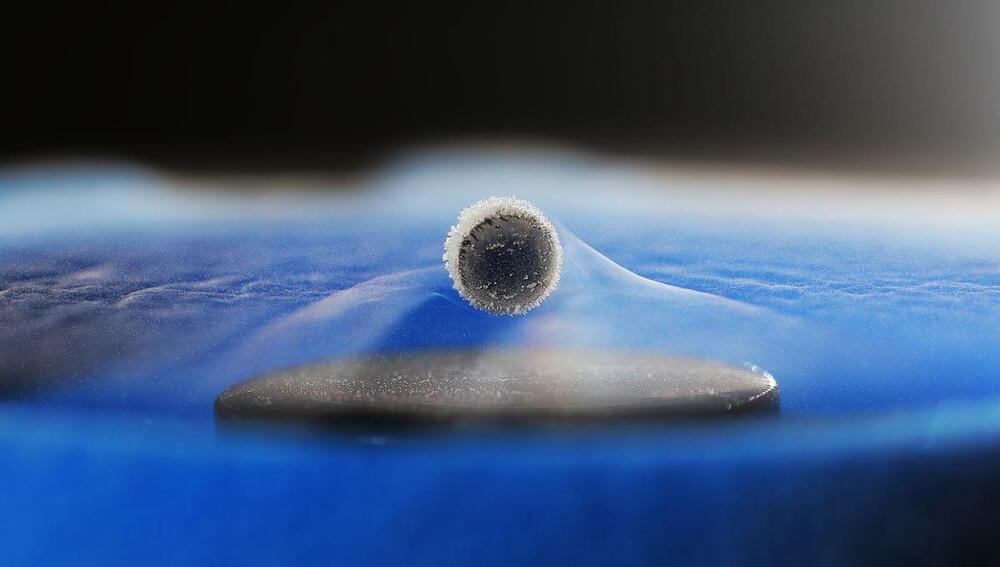
First Room-Temperature Ambient-Pressure Superconductor Achieved, Claim Scientists
South Korean scientists have announced the development of a room-temperature ambient-pressure superconductor. If the claim is verified, this will change the world. Superconductors transmit electricity without resistance and have a series of magnetic properties that make them invaluable in technological applications. Usually, superconductors need to be cooled down to very low temperatures. A superconductor capable of working outside the lab in regular conditions would be revolutionary.
However, the conditional clauses in the first paragraph are necessary. There have been previous claims of room-temperature superconductivity that have not panned out. The researchers uploaded a paper to arXiv, and it is unclear if it was submitted for peer review to a journal. IFLScience has emailed them to learn more about the research and the new material, which is called modified lead-apatite or LK-99.
One crucial aspect of superconductivity is critical temperature, the temperature below which the material becomes superconductive. The value stated for LK-99 is 127°C (261°F), meaning it could easily be employed in all environments on Earth. If this is confirmed, it would not be the only room-temperature superconductor. But it would be the first to not require enormous pressures to work.
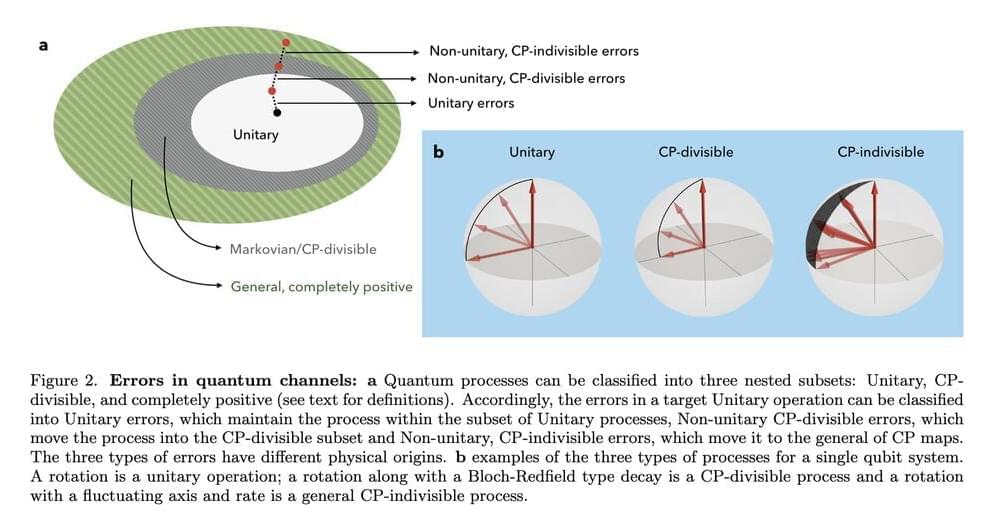

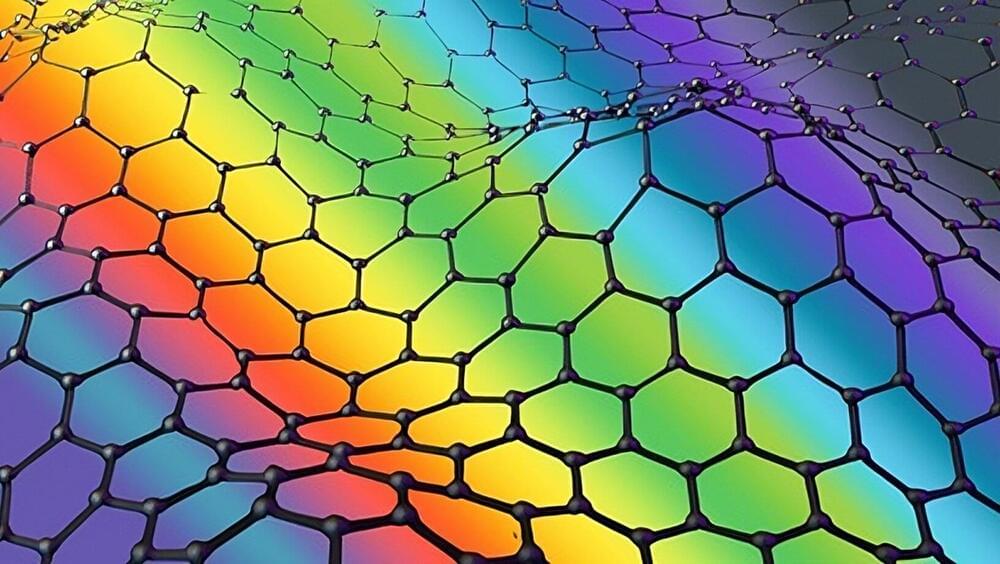
Looking deeper into graphene using rainbow scattering
Graphene is a two-dimensional wonder material that has been suggested for a wide range of applications in energy, technology, construction, and more since it was first isolated from graphite in 2004.
This single layer of carbon atoms is tough yet flexible, light but with high resistance, with graphene calculated to be 200 times more resistant than steel and five times lighter than aluminum.
Graphene may sound perfect, but it very literally is not. Isolated samples of this 2D allotrope aren’t perfectly flat, with its surface rippled. Graphene can also feature structural defects that can, in some cases, be deleterious to its function and, in other instances, can be essential to its chosen application. That means that the controlled implementation of defects could enable fine-tuning of the desired properties of two-dimensional crystals of graphene.
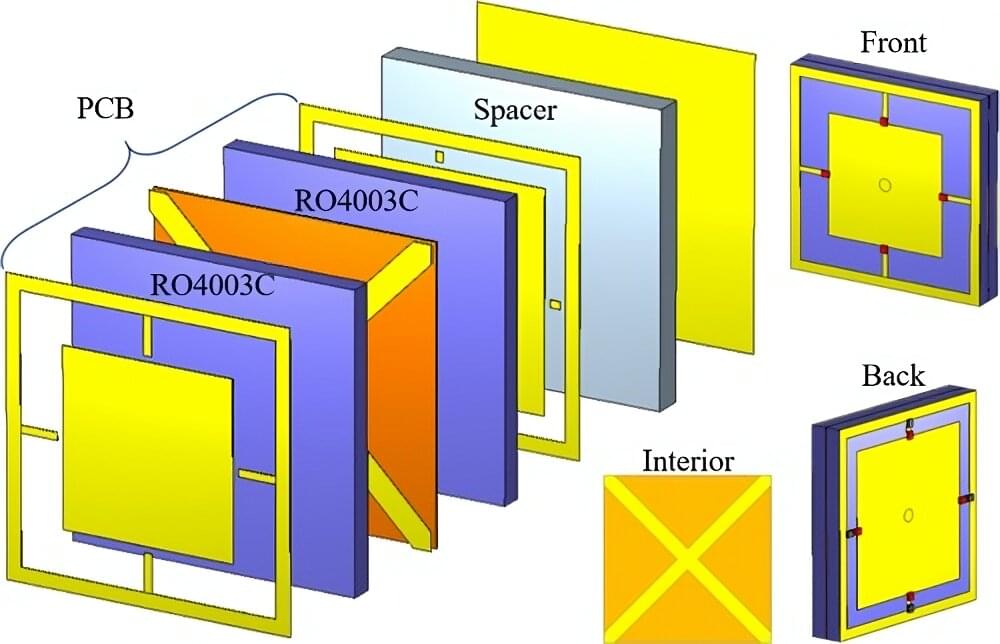
Breakthrough metasurface materials tech unleashes enhanced control for advanced telecommunications and beyond
Cities can be obstacle courses for communications signals. A radio signal must travel from a cell phone to a router to a cell tower, and onward to its recipient—all while bouncing between walls, buildings and other structures. When it hits an obstacle, the radio wave gets scattered, diminishing the signal. This in turn reduces the bandwidth. At the same time, the signal must compete with the bandwidth needs of numerous other devices in the area. All this reduces the amount of information the signal can communicate.
Newly developed small, lightweight reflective surfaces could revolutionize communications in crowded environments by providing unprecedented control over electromagnetic signals, like radio waves.
Historically, engineers have used repeaters—electronic devices that receive a signal and retransmit it—to help these communications signals cover longer distances and get around obstacles, but this technology is reaching its limits. Now, engineers are looking to modify the behavior of the communications signal itself. Enter reconfigurable intelligent surfaces (RIS).